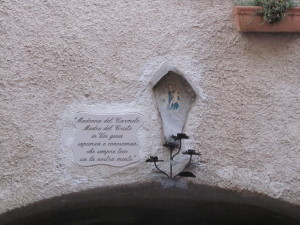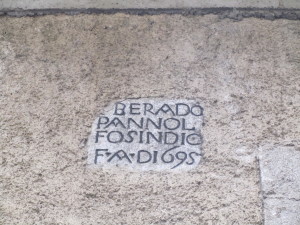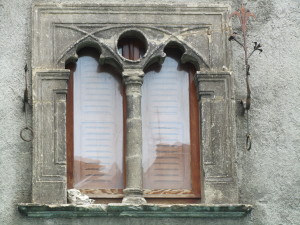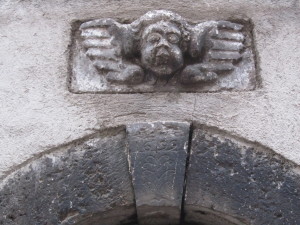


This was for centuries the main square of the historic village, before the urban centre would develop to the south and the role of Piazza Sant'Antonio would increase.

The various districts arose, developing over the centuries from the Middle Ages to modern times, while the village suffered the feudalism of several landowners (including the families Di Sangro, D'Aquino and D'Avalos), and the effects of two major earthquakes in 1349 and in 1579. The vitality of the centre was Piazza in palatio aulae, which had around the town hall, the mother church and the small palace of Largo Barone, then replaced by the Sipari Palace.

In the nineteenth century the old town was altered, under the Mayor Francesco Saverio Sipari, who removed many of the “poggi” – outer stairs to the houses – facing civil commotion. In the twentieth century the square was dedicated to the King Umberto I of Savoy, while the populous district suffered, as the whole village, the phenomenon of emigration. A fact: until 1931 Pescasseroli counted about 3,300 inhabitants, not a few for a middle-mountain town.
A side street of the square is Via Roma, home of the Cinema Rinascimento. The building was born as St. Mary of the Angels, a rural church existing since at least the seventeenth century. Rather battered, it was restored in 1829 but later abandoned. Eventually, it was transferred into the properties of the town, although with some friction by the Curia. The bell was moved to the Church of Carmel. The premises were also used as accommodation for troops and primary school, before turning into a cinema popular from the forties, thanks to a private individual.
Text by Stefano Dark – Images by Stefano Dark
RESERVED REPRODUCTION – All rights are of the respective owners

